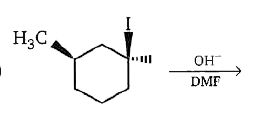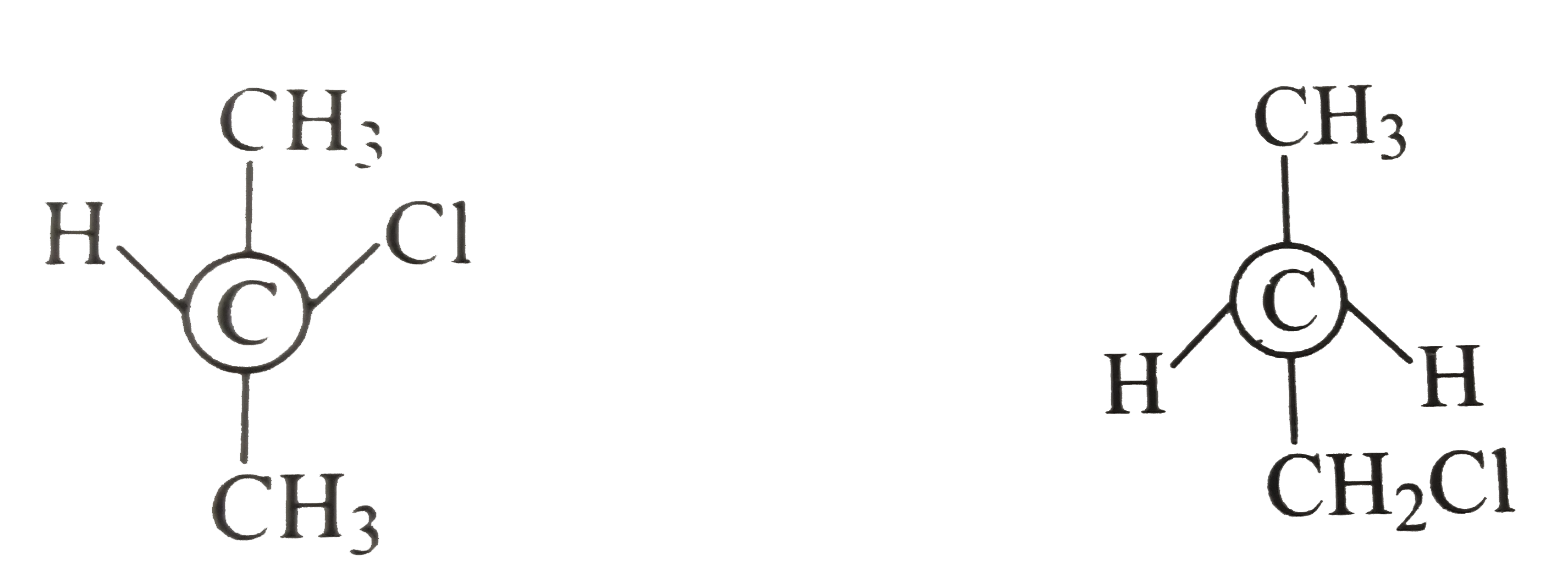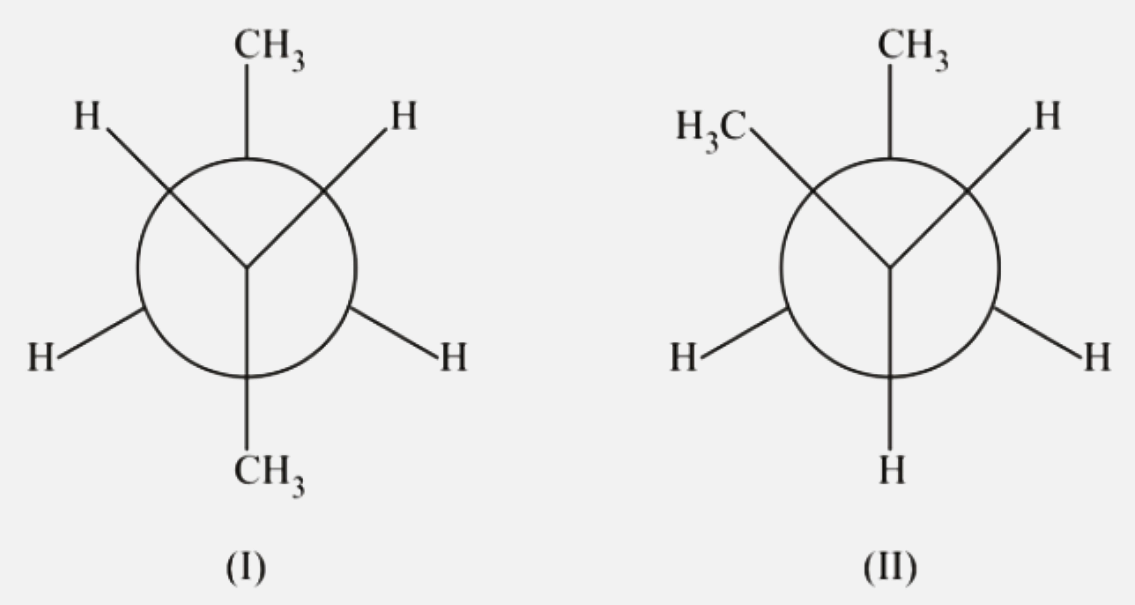Formation of bond between which pair of substrates given below is not a type of dehydration reaction?
Adenine and deoxyribose in DNA
Guanine and cytosine in DNA
Glucose and fructose in sucrose
Glycerol and stearic acid in fats
To determine which pair of substrates does not undergo a dehydration reaction during bond formation, we need to analyze each option provided in the question. A dehydration reaction is characterized by the removal of a water molecule when two substrates bond together.
1. Understanding Dehydration Reactions:
- A dehydration reaction involves the removal of a water molecule (H₂O) when two molecules bond. This typically occurs when an -OH group from one molecule combines with an -H from another, resulting in the release of water.
2. Analyzing the First Pair: Adenine and Deoxyribose:
- In DNA, adenine (a nitrogenous base) forms a bond with deoxyribose (a sugar). The bond formation occurs between the nitrogen atom of adenine and the first carbon of deoxyribose. During this process, an -OH group from deoxyribose and an -H from adenine are removed, resulting in the release of water.
- Conclusion: This is a dehydration reaction.
3. Analyzing the Second Pair: Guanine and Cytosine:
- Guanine (a purine) and cytosine (a pyrimidine) form hydrogen bonds between them. These bonds do not involve the removal of water; instead, they are weak interactions that stabilize the DNA structure.
- Conclusion: This is not a dehydration reaction.
4. Analyzing the Third Pair: Glucose and Fructose:
- When glucose and fructose combine to form sucrose, a glycosidic bond is formed. During this reaction, an -OH from glucose and an -H from fructose are removed, resulting in the release of water.
- Conclusion: This is a dehydration reaction.
5. Analyzing the Fourth Pair: Glycerol and Stearic Acid:
- Glycerol and stearic acid form triglycerides through esterification. This process involves the removal of water molecules (three in total for the formation of a triglyceride) as the hydroxyl groups from glycerol react with the carboxyl groups of fatty acids.
- Conclusion: This is a dehydration reaction.
Final Answer:
The only pair of substrates that does not undergo a dehydration reaction during bond formation is Guanine and Cytosine. Therefore, the correct answer is Option 2.
---
- A dehydration reaction involves the removal of a water molecule (H₂O) when two molecules bond. This typically occurs when an -OH group from one molecule combines with an -H from another, resulting in the release of water.
- In DNA, adenine (a nitrogenous base) forms a bond with deoxyribose (a sugar). The bond formation occurs between the nitrogen atom of adenine and the first carbon of deoxyribose. During this process, an -OH group from deoxyribose and an -H from adenine are removed, resulting in the release of water.
- Conclusion: This is a dehydration reaction.
- Guanine (a purine) and cytosine (a pyrimidine) form hydrogen bonds between them. These bonds do not involve the removal of water; instead, they are weak interactions that stabilize the DNA structure.
- Conclusion: This is not a dehydration reaction.
- When glucose and fructose combine to form sucrose, a glycosidic bond is formed. During this reaction, an -OH from glucose and an -H from fructose are removed, resulting in the release of water.
- Conclusion: This is a dehydration reaction.
- Glycerol and stearic acid form triglycerides through esterification. This process involves the removal of water molecules (three in total for the formation of a triglyceride) as the hydroxyl groups from glycerol react with the carboxyl groups of fatty acids.
- Conclusion: This is a dehydration reaction.
The only pair of substrates that does not undergo a dehydration reaction during bond formation is Guanine and Cytosine. Therefore, the correct answer is Option 2.
Topper's Solved these Questions
Similar Questions
Knowledge Check
Few simple chemical tests are given below to differentiate between the pairs of compounds.Which of the following tests is not correct for differentiation ?
APropanal and propanone - Silver mirror testBAcetophenone and benzophenone - Iodoform testCEthanal and propanal - Fehling's testDBenzoic acid and ethyl benzoate - Sodium bicarbonate testWhich reaction results in the formation ofa pair of enantiomers ?
A B
B C
C D
D
The bonds between the enzyme and substrate must be
View SolutionWhich of the statements given below is not true about formation of Annual Rings in trees?
View SolutionWhich of the statements given below is not true about formation of Annual Rings in trees?
View SolutionWhich species in the given below has a coordinated bond ?
View SolutionWhat would be the effect on the rate of reaction between an inhibitor like arsenic and the substrate if substrate concentration is increased?
View SolutionSubstrate and product are stable in any enzyme - catalysed reaction. The transitional states between the stable substrate and the product in the reaction are
View Solution


